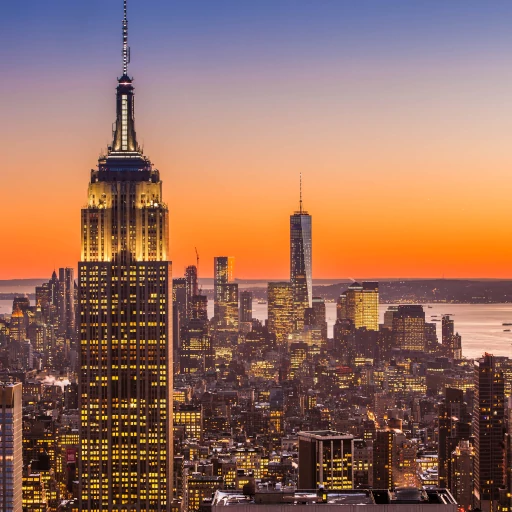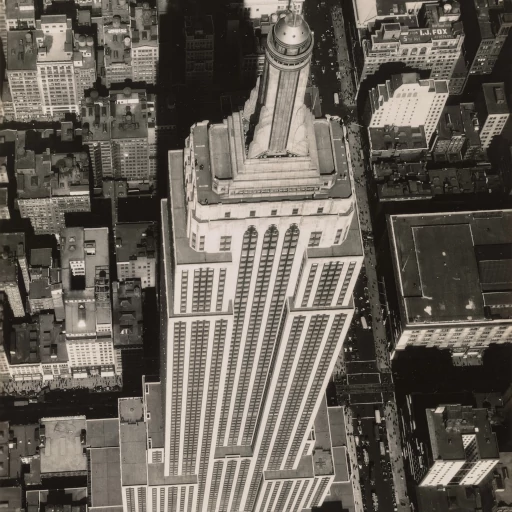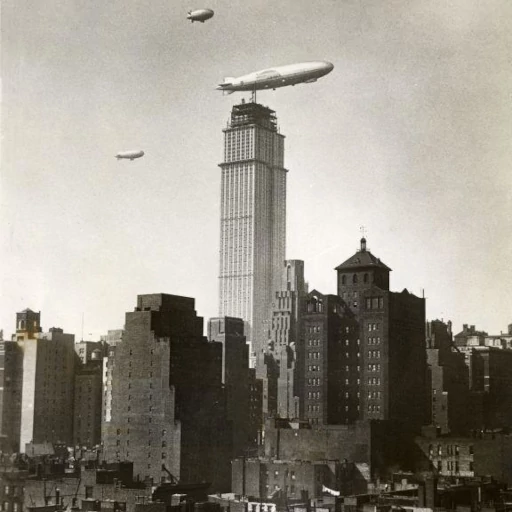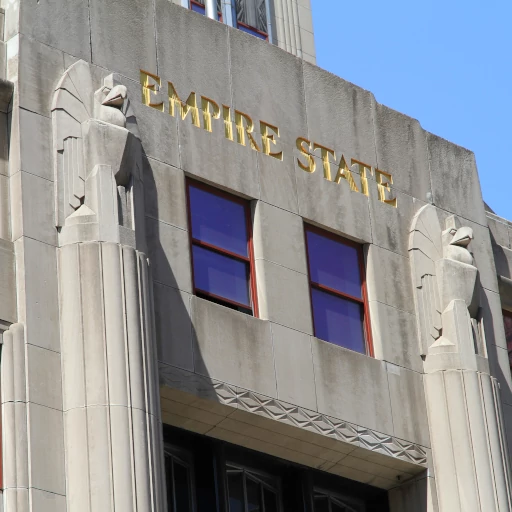Introduction
Art Deco is one of the most notable design movements of the 20th Century. Short for Arts décoratifs, it originated in France shortly before the First World War. In 1925, the International Exhibition of Modern Decorative and Industrial Arts was held in Paris and put Art Deco on the world stage. From there, it spread widely throughout the world in many forms of design, from art to fashion to architecture and more. Art Deco is well known for its luxurious, opulent, and adorned style. It has a very futuristic look for its time and represents technological advancement and human progress.
Art Deco architecture can still be seen today in all five boroughs of The Big Apple. It commonly is expressed with ornamentation, verticality, and sleek plastics, metals, and terra cotta. With their tall and commanding stature, the skyscrapers of Manhattan best represent the mighty and progressive tone of American Art Deco architecture. Many still stand today as city landmarks. In this short writing, we will explore one of its most renowned architectural manifestations that appeared in New York City: The Empire State Building.
The Empire State Building
Located in the heart of Midtown at 350 Fifth Avenue, the Empire State Building is one of the most prominent and representative symbols of New York City and the fast-beating heart of American capitalism. Completed in 1931 and standing at 1,250 feet (1,454 including its antenna), it was the tallest building in NYC (and the world) until the World Trade Center surpassed it in 1970 and the first building to exceed 100 stories. The Empire State Building is arguably the most iconic Art Deco skyscraper in NYC.

The Empire State Building in 2012. (Source)

The building as seen in 1932, without the antenna (added in 1953). The tall window columns enhance the verticalism of the building, The main structure appears to be inset from its corners, further emphasizing the Art Deco influence. Notice the use of setbacks, which were very common for the Art Deco movement. This was in part due to a 1916 zoning resolution that aimed to create room for sunlight to reach the streets. (Source)

This 1930 photo of the building while under construction clearly illustrates just how futuristic the Empire State Building was for its time. Notice how the surrounding buildings still have more of a pre-WWI, 19th Century look. Moreover, there are airships present in this photo, which were even more cutting-edge for the time. (Source)

This photo of the lower facade displays that while futuristic and geometric, the building still maintains adornments and an air of regality. Notice the gold inset lettering and the sculpted eagles perched above towering vertical columns, both of which enforce a luxurious yet powerful essence. (Source)
Conclusion
The Empire State Building is one of the most famous architectural features of the modern era. A true landmark for American industry and the Art Deco movement, it continues to represent New York City as a cultural icon in design. It is also worth noting that the building was completed 45 days early, almost $20 million under budget, and in only 18 months. Over 3,500 men in total, primarily immigrants from Ireland and Italy, worked on the project. At a cost of nearly $41 million ($640 million in today’s money), The Empire State Building Art Deco architecture is a victory for American design, engineering, work-ethic, and culture.
